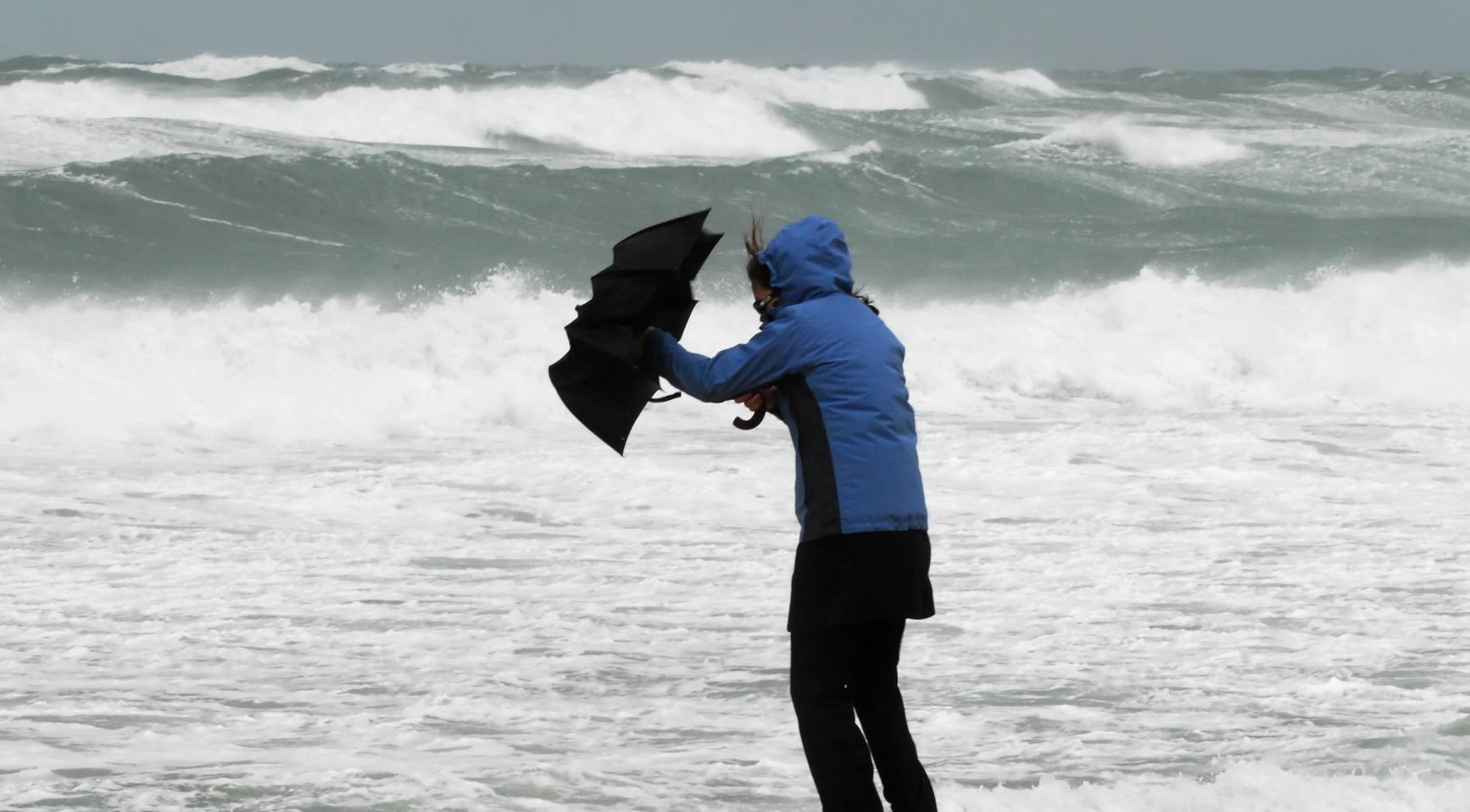Nearly one in five vacationers (19 percent) experienced extreme weather conditions during their trips over the past five years, including wildfires, hailstones the size of ping-pong balls, and tropical heat. Despite these risks, most travelers reportedly do not let extreme weather affect their plans.
This is according to a survey conducted by EenVandaag among more than 27,000 members of its Opinion Panel. Among those planning vacations this year, 72 percent said possible extreme weather does not influence their travel decisions.
Some firsthand accounts highlight the severity of recent weather events. One traveler shared that while trying to avoid toll roads in France, they found themselves driving behind locals through thickening smoke until flames suddenly crossed the road. “We kept driving, luckily just in time,” they told EenVandaag.
Severe downpours and hailstorms have also caused disruptions. In Italy, hail broke windows, power outages lasted for days, and families had to cope with leaking accommodations. “Our car was a total economic loss. No help was available; everything was overloaded. We drove without front and rear windows all the way to Split and still managed to enjoy our vacation.”
Nearly a quarter (23 percent) of travelers say they take extreme weather more into account now than five years ago. However, this does not always mean changing destinations. “You sit in 45 degrees in Italy and just drive around with the air conditioning on. Then you book the same place again — but with air conditioning this time.”
One said, “I still go to the same place, but now I know where the evacuation routes are.” Others adopt a flexible approach: “We don’t book anything in advance. If it’s too hot or dangerous somewhere, we just drive further.”
Travelers who vacation outside the hottest summer months are most cautious, with 34 percent considering extreme weather risks. Yet many families with school-age children or work commitments must travel during peak summer months.
Some opt for cooler regions like Scandinavia, where temperatures between 22 and 24 degrees Celsius allow for outdoor activities. Still, Southern Europe remains the most popular destination for summer travelers. They report managing the heat by staying hydrated and applying sunscreen regularly.
Two-thirds (64 percent) of respondents say their views on weather risks have not changed in five years. One traveler commented, “Floods and wildfires have always existed. You can’t predict weather, so why worry?”
Some label current concerns as exaggerated or “climate panic.” Others continue visiting the same destinations they have for years. “When I was young, it was already unbearably hot in France. A few extra degrees don’t matter when you’re in the pool.” Some see benefits: “We used to avoid vacations in the Netherlands because of the risk of rain. That risk has now decreased.”
Only 18 percent say they would cancel trips due to extreme weather warnings. Most either still travel or are undecided. One vacationer said, “Extreme weather can also give you amazing photos and stories.” But the dominant reason is practical: “You’ve already spent the money and taken time off. You don’t just stay home because it’s hot.”
To avoid losing money if trips are canceled, half of travelers (52 percent) purchase cancellation insurance. This is not always weather-related but often due to fears of personal or family illness. Those traveling to warm Southern Europe most commonly buy insurance (55 percent), but significant numbers also do so when vacationing in the Netherlands (45 percent) or cooler Northern Europe (40 percent).
